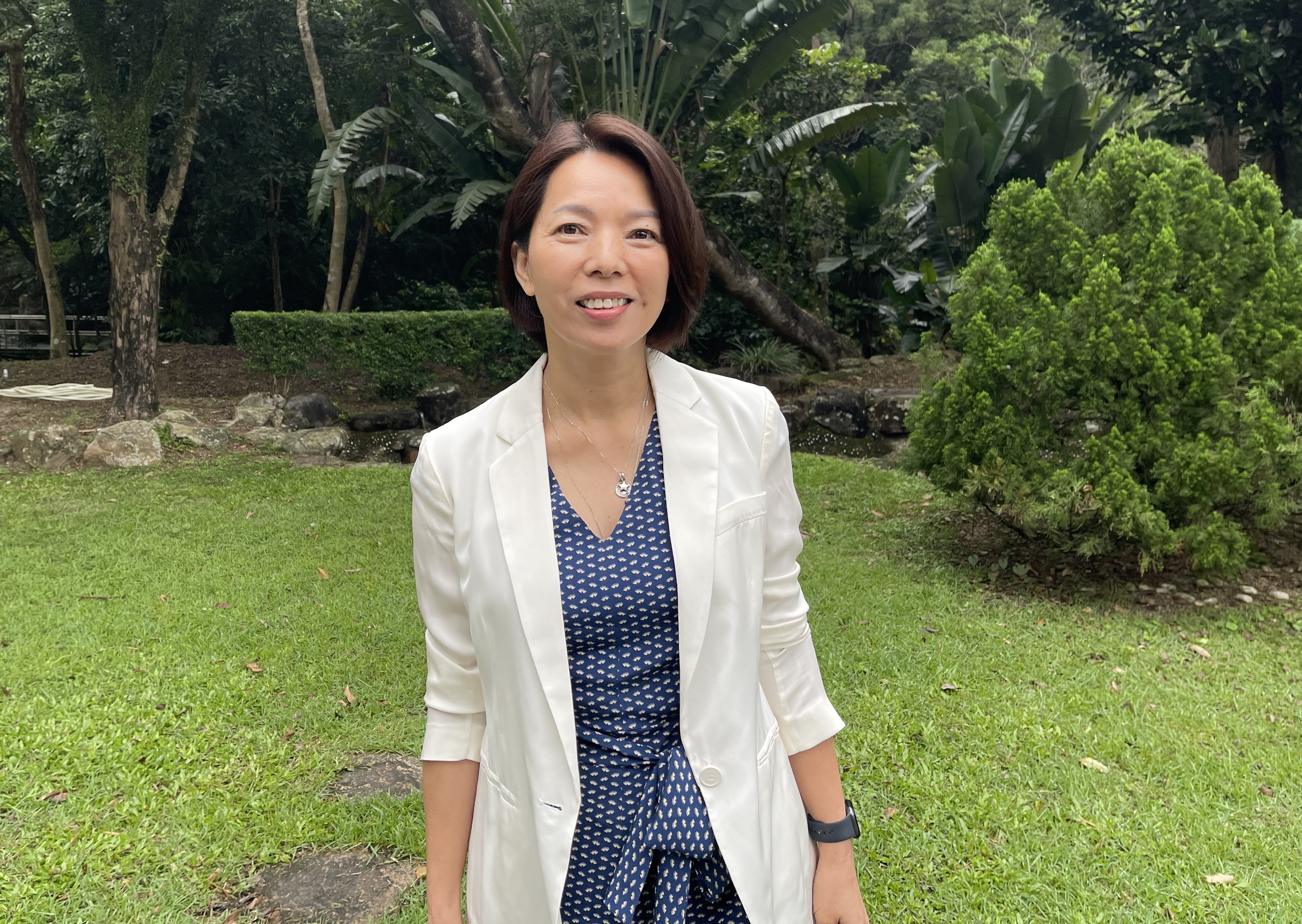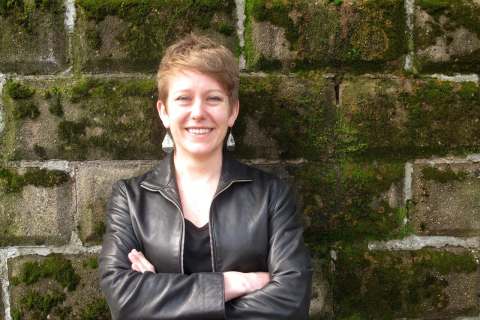
By Jana Quismundo
SMU Office of Research – New, cutting-edge research is happening all the time around the world across a variety of fields. Though these research projects may differ in topic and methodology, they all have one thing in common – they need to be funded. As such, writing high-quality grant proposals is a necessary step when performing research.
Such an important task can seem daunting, especially for first-time grant applicants. To guide researchers through the process, Susanne Choi, Professor at the Department of Sociology and Co-Director of the Gender Research Centre at The Chinese University of Hong Kong, shared learnings from her experiences of grant writing and reviewing. At the beginning of her online workshop, she highlighted the importance of trial and error in accumulating knowledge on what and what not to do when writing proposals.
Professor Choi has extensive experience in both writing and reviewing research grant proposals, having won many grants for her own work. Her research focuses on migration, family, social movements, gender and sexuality in Chinese society, for which she has received many awards. She is also a mentor to junior academics and offers advice on how to better their grant applications.
In the online Research Grant Writing Workshop organised by SMU’s Office of Research (ORe) that was held on 14 April 2023, Professor Choi highlighted the importance of considering time and audience when writing a proposal and shared checklists of key points to take note of when submitting a grant application.
Research articles and research grants
Though research article writing and grant writing share a lot of similarities, such as the concern for new knowledge and the robustness of the research design, Professor Choi emphasized how the two are different, in terms of their timeline and their target audience.
Research articles concern current or completed projects, while grants explain proposed future projects. The difference in timing introduces uncertainties. Additionally, when writing articles, researchers often write for fellow specialists in the field, but grant reviewers are not always specialists and may have limited knowledge in the field. Therefore, grant applicants must cater to the reviewers’ needs. They can do this by considering the theme of the funding scheme and feasibility of the research.
Proving a proposal’s worth
When applying for funding, Professor Choi suggests applicants write proposals in their existing fields instead of new ones because that is where they have visibility and capability. Visibility refers to the materials and methods needed for a project, and capability is knowledge and leadership in the field. She also noted that researchers often think their publication list speaks for itself, but she strongly advised to add a narrative explaining the importance of previous work to highlight their capability.
Another major concern of funding schemes is the generation of new and cutting-edge knowledge. Professor Choi elaborated on three suggestions to prove a project’s potential. First, expansion or going deeper into the field, like testing alternative theories or integrating the cultural specificity of a method. Second, collecting new or complementary data to gain more information. Third, testing new techniques or methodologies to identify gaps in currently established research design.
For applicants looking to venture into a new or adjacent field, Professor Choi suggests “[they] need to spend more time preparing [their] research proposals”. She even suggested planning up to three years ahead of time to have ample time identifying and networking with key players in the field who could become potential collaborators and perhaps even conducting a pilot study to present a persuasive case to reviewers.
Key aspects in grant writing
After planning comes the actual writing of the grant proposal, which Professor Choi advised should be done in a minimum of four months because of the robust content to cover. In a handy checklist, she included planning internal and external deadlines; forming a research team; writing a draft proposal; circulating the draft proposal; waiting for feedback from colleagues; receiving feedback from colleagues; revising the proposal; finalizing the proposal; and preparing the attachments such as letters of support.
In addition to proper time management, the target audience of grant proposals should be considered. “Your task is to persuade and convince them,” Professor Choi said, referring to reviewers who may not have in depth knowledge of the specific field. As such, providing reviewers with complete but concise information in a proposal is highly favoured.
She also adds that the title and abstract of a proposal are very important because they are what reviewers see first. Professor Choi then shared her checklists on important things to do for each section of a grant proposal, adding the caveat that the checklists must be tailored for the funding scheme’s requirements and the discipline in which they are being used.
Moreover, she shared that it is important to start the proposal strong by explaining its importance and significance early in the manuscript but reminded researchers that just because something is new does not mean it is important. When identifying the knowledge gaps the proposal will solve, Professor Choi recommended articulating why it is vital that those gaps be filled.
Acknowledging that grant application is stressful and the academic life is often very challenging, Professor Choi ended the workshop by stating the importance of taking care of one’s own wellbeing and of being surrounded by a supportive network.
For SMU faculty who are keen to read more about the content shared by Professor Choi during the workshop, please visit our intranet. We hope you find the information useful as you work on preparing your grant proposals.
Back to Research@SMU May 2023 Issue
See More News
Want to see more of SMU Research?
Sign up for Research@SMU e-newslettter to know more about our research and research-related events!
If you would like to remove yourself from all our mailing list, please visit https://eservices.smu.edu.sg/internet/DNC/Default.aspx

